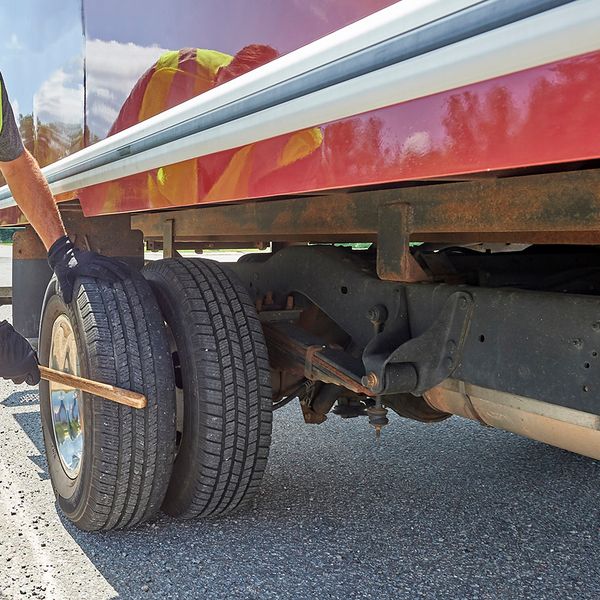Important reminders for drivers on Canada’s vehicle trip inspection regs
You’ve likely encountered challenges related to Canada’s daily vehicle inspection requirements and the required daily vehicle inspection reports at some point in your career. You’ve probably felt the frustration that comes with finding your drivers have been slipping when it comes to the daily inspections and realizing they haven’t been completing the required reports properly.
While most drivers understand the importance of these inspections, they often make mistakes — either knowingly or unknowingly when completing their inspections and reports.
Helping drivers avoid mistakes and minimizing your frustrations comes down to driver training and frequently reminding drivers of the requirements. We’ve laid out four key pieces of advice for getting your drivers back on track.
Remind drivers when inspections need to be done
The inspection, which is also known as a daily trip inspection, is usually done at the beginning of the trip. Upon completion of the inspection, the driver completes the trip inspection report, which includes the time of the inspection. This piece of data is critical on the report. A trip inspection report is valid for 24 hours from the time it is recorded. Without the time recorded on the report, enforcement does not know whether the report is compliant.
Also, some carriers choose to require drivers to complete two daily trip inspections commonly known as a pre-trip and post-trip. If you require both, be sure to make it clear when your drivers must document their inspections.
When crossing international borders, drivers need to be aware of the daily vehicle inspection regulations of the country in which they’re operating.
Make sure drivers know what to inspect and what to do if there’s a major defect
The inspection is conducted in accordance with the National Safety Code (NSC) Schedule 1 – Daily Inspection of Trucks, Tractors, and Trailers. Drivers must carry both the current inspection report and the inspection schedule in the vehicle.
The schedule provides a list of vehicle systems and components that a driver is required to inspect and provides a list of defects to guide and assist the driver. If your drivers are required to inspect additional items, be sure they know this. Provide a checklist of these additional items to help guide them through the inspection.
The inspection schedule divides defects into two categories: major and minor. When a minor defect is identified, the driver must record the defect on the inspection report and report the defect to the operator. If a major defect is found, it’s also recorded on the inspection report and reported to the carrier. However, drivers must know they are not permitted to drive a vehicle with a major defect.
Ensure drivers understand your inspection report – paper or electronic
Paper is always accepted when it comes to the inspection report. But now your drivers can do their daily trip inspection reports electronically. You can use electronic trip inspection reports as long as they are legible, contain the required information, are accessible by an inspector at any time during the trip, and you store for at least six months. Still, you should check with the appropriate jurisdiction in which travel is intended to determine whether an electronic trip inspection form is acceptable.
Communicate your stance on the post-trip inspection
Although National Safety Code Standard 13, Trip Inspections, does not specifically require a post-trip inspection or report, it does require a driver to monitor the vehicle while driving and record any defects detected on the inspection report and report them to the motor carrier prior to the next required inspection.
Even though it is not mandatory, it is a good practice to require your drivers to perform a post-trip inspection when they’re done driving. Make sure your drivers are clear that they need to perform the post-trip inspection and whether they need to document the inspection.
Inspections are a critical piece of compliance
An important part of making sure that your trucks using the roadways are in good operating condition is to make sure drivers are completing their vehicle inspections and reports properly. Not only is it good safety practice, but the trip inspection is also a regulatory requirement. Drivers must inspect their vehicles and be capable of determining if their vehicles are in safe operating condition. Doing so helps them avoid problems and violations during roadside inspections.
Key to Remember: Effective daily trip inspections can not only prevent needless downtime but can help focus the driver on the task ahead.

































































